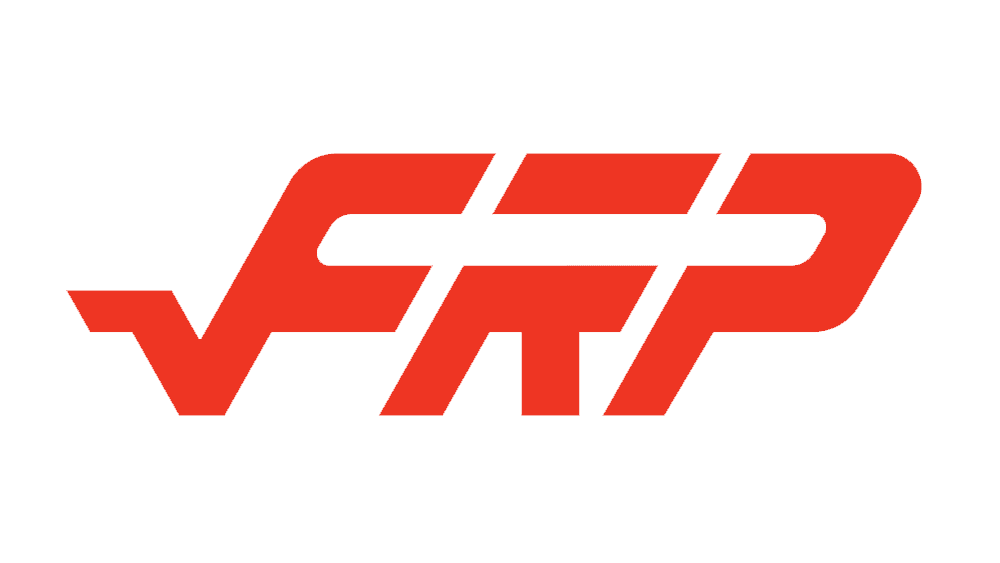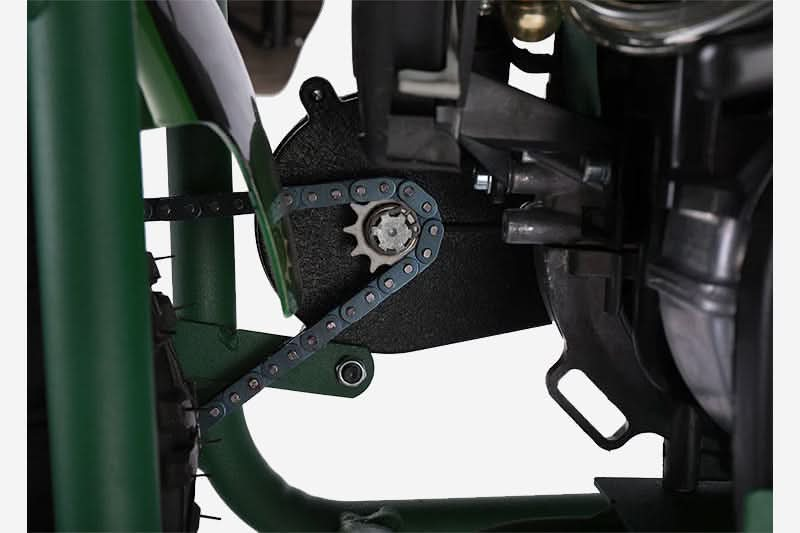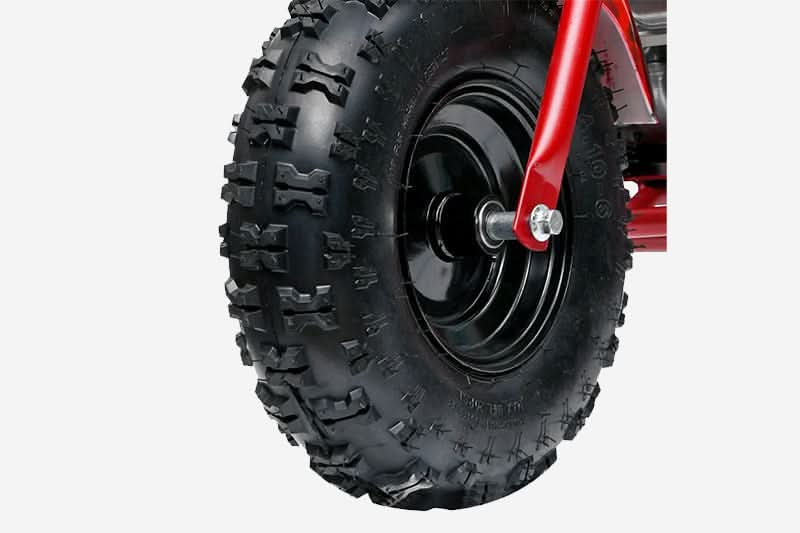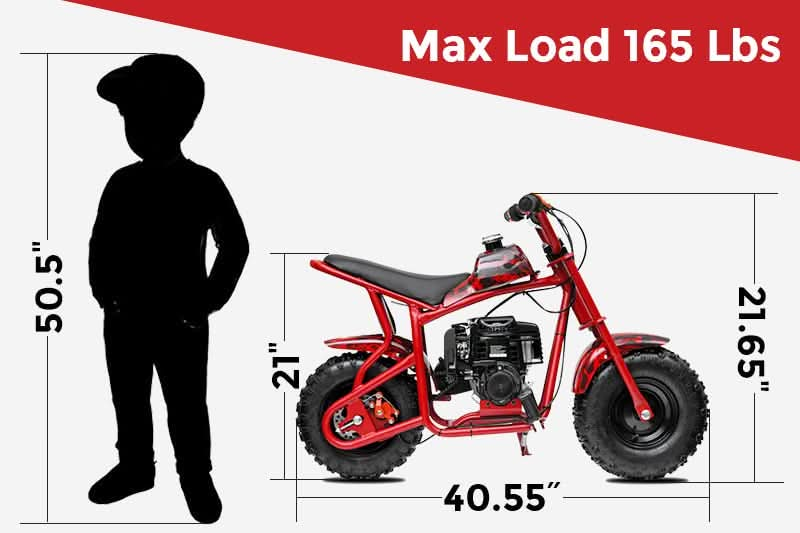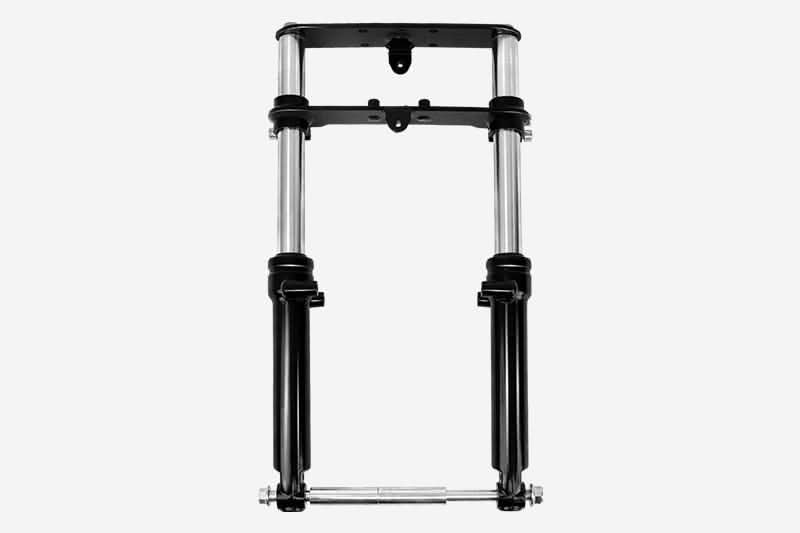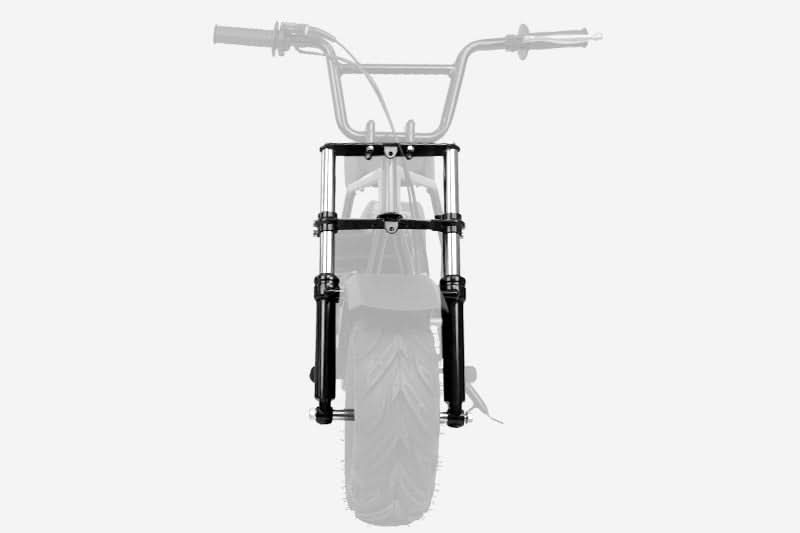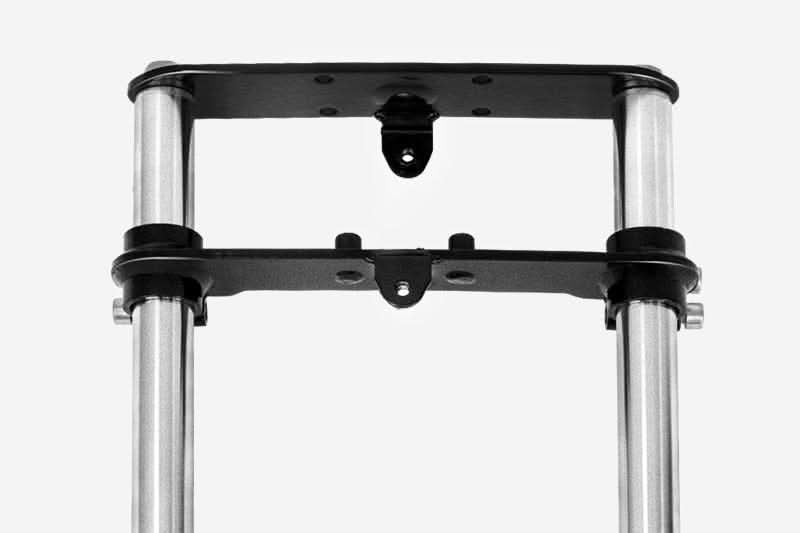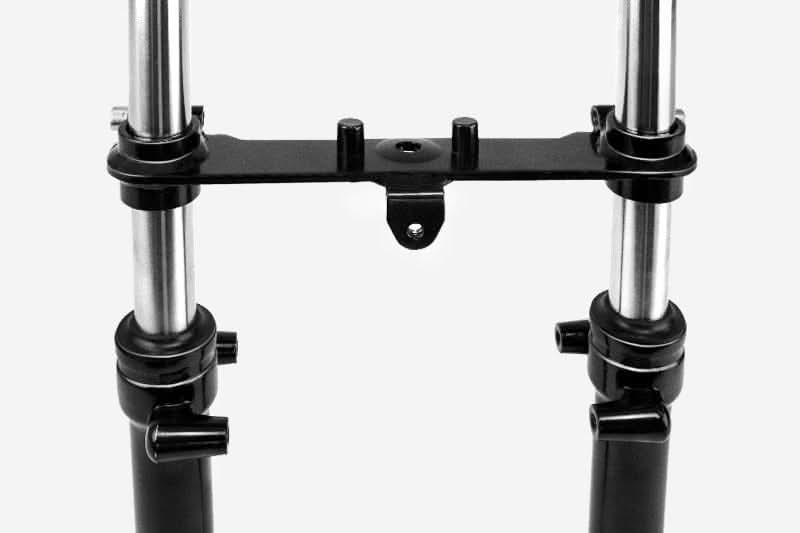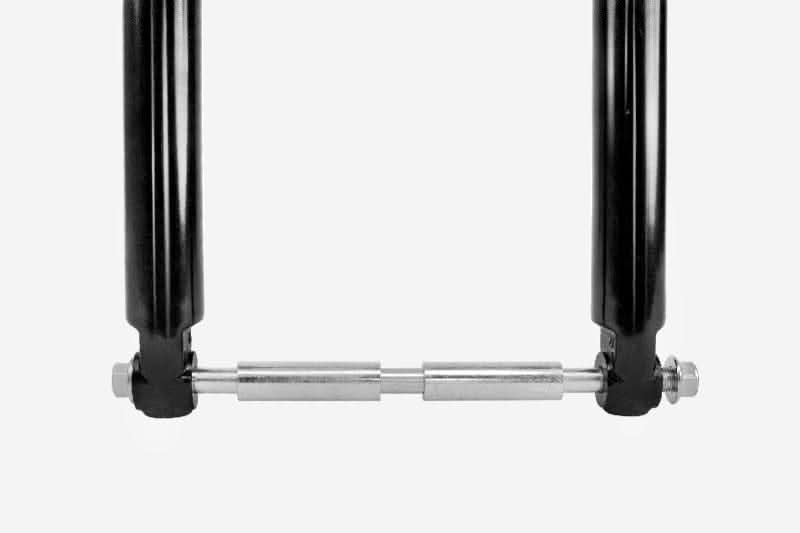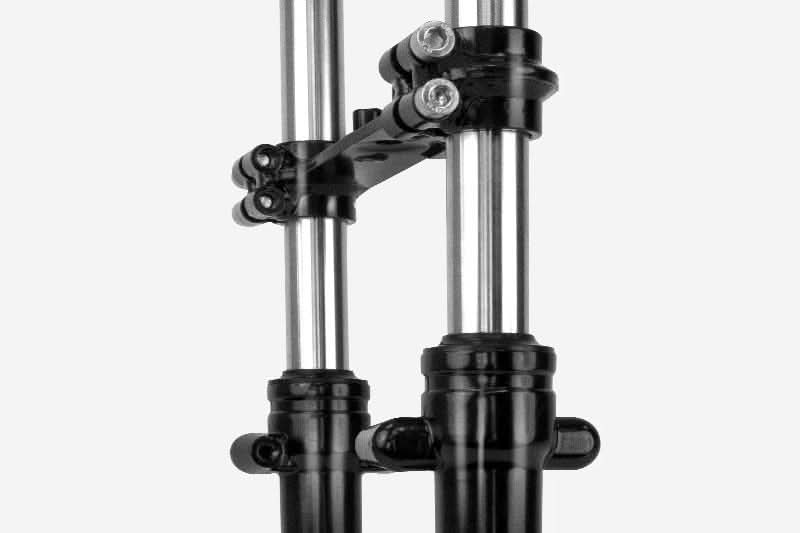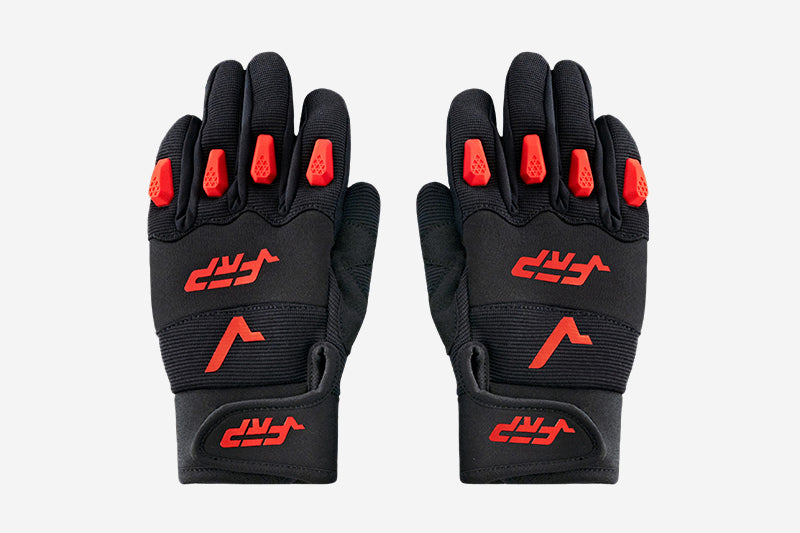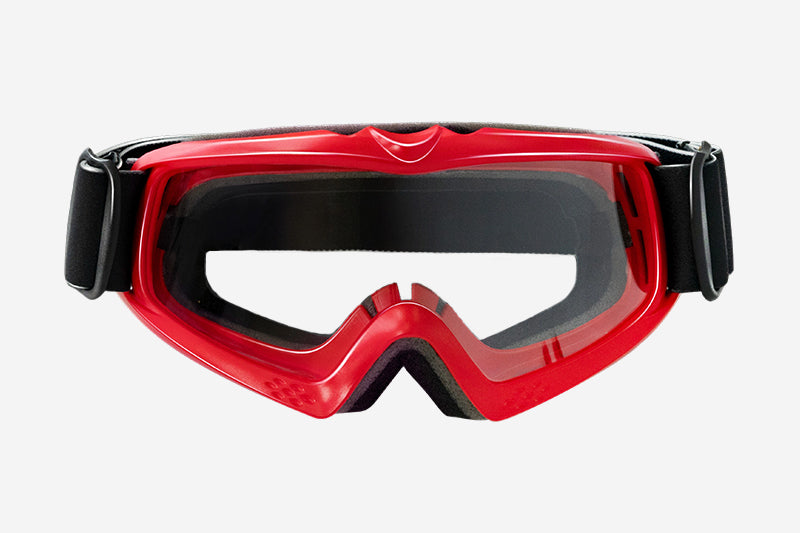Different between 2-stroke vs 4-stroke dirt bike
The terms 2-stroke and 4-stroke are very popular in the world of dirt bike engines. They describe the power and torque of a specific engine, helping buyers make more informed decisions.
A stroke describes the movement of the piston inside the bike's engine. It's a step in generating the power to push the dirt bike ahead.
Following this description, you are safe to assume that a 2-stroke engine uses two "movements (strokes) of the piston. On the other hand, a 4-stroke uses four strokes for the same effect, completing a full engine cycle.

picture © Ragdollop
This guide dives deep into the differences and similarities between these two options. We will also look at the pros and cons.
Keep reading.
What's the Difference?
Both 4-stroke and 2-stroke dirt bikes are generally used for the same purpose. Sometimes it's challenging to differentiate between the two unless you are experienced.
Nevertheless, we have discussed some of the most common differences below. If you didn't know, now you should.
Power vs. Engine Size
Typically, you would expect a bigger engine to generate more power. In comparison, a 2-stroke dirt bike will give more power than a 2-stroke engine of the same size.
The main reason for this difference is that a 2-stroke engine has fewer moving parts and hence, less power loss from internal friction. Also, the crankshaft on a 2-stroke only rotates once each cycle, while a 4-stroke rotates twice to complete a combustion cycle.
A 40cc 2-stroke dirt bike will generate more power than a 40cc 4-stroke engine kid's dirt bike. If you want fair competition, you may need to get a lower cc for the 2-stroke.
Power and Torque Differences
Another crucial aspect in the differentiation of dirt bikes is torque. When you observe 4-stroke dirt bike engines, you will realize the curve on their torque is much smoother and linear than that of 2-stroke bikes. This means you get immediate power by simply twisting the throttle.
The same curve is steeper for the two strokes and comes in a narrower rpm range. It's called a power band. This is why these dirt bikes require more input from the rider on the clutch and throttle. Otherwise, the engine may not rave as desired.
Weight
We have already mentioned above that 2-stroke dirt bike engines feature fewer moving parts. As a result, they weigh relatively less compared to 4-strokes of the same size.
Although modern dirt bikes come with more improved parts and technologies, the weight difference between the two engine options may not be as pronounced as you think. Besides, most racing dirt bikes feature identical parts.
However, an average racing dirt bike barely weighs 200lbs. With that in mind, weight becomes a significant factor. A 2-stroke is not as demanding to maneuver for a rider as a 4-stroke dirt bike.
Traction
Traction is another crucial aspect to put in mind when choosing a racing dirt bike. Depending on the terrain, you need a bike that will hold the ground firmly while pushing you toward your goals.
A 4-stroke dirt bike delivers more linear power with extra weight. This creates better traction across the rpm range.
A 2-stroke dirt bike offers a narrower band, as discussed above, which results in a surge of power. Combine this with its lightweight, and you will need to do more with the clutch and throttle to keep great traction and balance.
In other words, you can twist the 4-strokes' throttle at nearly any speed, and the power remains smooth. On the other hand, two stroke-engines mostly feel sluggish from the idle. You will need more slipping of the clutch for it to perform better.
Maintenance and Cost
All dirt bikes require high-end parts. Maintenance may be relatively the same in all of them. You will need to wash, oil, change the filters, adjust the parts, and do many other service tasks.
However, there is a significant cost difference when you require a rebuild. While both require high-end parts every 60 to 120 hours of hard riding, a 2-stroke is significantly less costly. This is mainly due to its fewer parts.
How Are They Similar?
A quick review of what we have seen so far, a 2-stroke engine requires two movements of the piston, while a 4-stroke requires four movements to complete a cycle. From this description, we can pick several similarities:
Same Engine Parts
Both 2-stroke and 4-stroke dirt bike engines have piston(s) that enable them to run. When the piston rises, it lets in air and fuel, and when it drops, combustion takes place,
Same Engine Cycle
Both engines must complete four steps in order to generate power. These are the intake, compression, combustion, and exhaust. The only difference is that the 2-strokes complete these steps in two movements, while the four strokes take four movements.
Application
Dirt bikes are designed for off-road riding. Their processes keep them moving through rocky and dirty roads regardless of the engine movement. They are both excellent engines for dirt bikes and off-road racing.
Two Stroke Dirt Bike Pros
Here are the pros of 2-stroke dirt bikes:
- Lightweight. They are simpler. with fewer movable parts. This makes them lighter and perfect for faster acceleration and deceleration.
- Cheaper. If you want to buy a dirt bike for your kid without breaking the bank for it, consider a 2-stroke. They are much cheaper both in upfront purchase and maintenance.
- Easy maintenance. Due to their fewer parts, 2-stroke engines are much easier to maintain. Their operation is not complex, so you can do it at home.
Two Stroke Dirt Bike Cons
Besides the pros, 2-stroke engines have several cons. Here are some:
- They require extra input from the rider. Because they complete a cycle n only two strokes, these engines produce more power in every stroke. This means the bike can easily hover, requiring more shifting.
- More maintenance. They are less costly and easier to maintain, but since they have fewer parts, each part faces more strain. This means faster wear and tear, generally requiring more maintenance.
- Not eco-friendly. 2-stroke engines tend to "smoke" more than 4-stroke due to their higher fuel consumption. While this might not seem like an issue, it's still worth noting.
Four Stroke Dirt Bike Pros
Here are the advantages of riding a 4-stroke dirt bike:
- More grip. 4-stroke dirt bikes have more parts and hence, are heavier, delivering better grip. Also, the bikes have a wider "powerband," which means less shifting.
- Easier to operate. 2-stroke bikes offer more power during acceleration, which is great. But this can make them harder to handle, especially for smaller, less experienced riders. 4-strokes are easier to ride because of their stability.
- Predictable and consistent power. You can be sure of consistent and smoother power from 4-stroke engines. Hence, you won't need the clutch too much, making them excellent on high and steep tracks.
Four Stroke Dirt Bike Cons
Consider the following disadvantages:
- Heavier. Because they have more movable parts, 4-stroke engines are quite heavy. This could make them less effective when you need top speed.
- Expensive maintenance. Again, due to having more parts, maintaining these bikes calls for a deeper pocket reach. So, when you buy, read about how often you should rebuild them and the cost it will take.
Which is the Best?
Both 4-stroke and 2-stroke dirt bikes are excellent for off-road racing. Considering the pros and cons above, each engine option is excellent in its rights.
4-stroke engines are preferred for trail riding. They have smooth power characteristics that make them easy to ride. However, there are many 2-stroke Enduro trail bikes that offer similar performance.
What matters is the model you choose and its features. Make sure you get a dirt bike that meets your specific needs.
